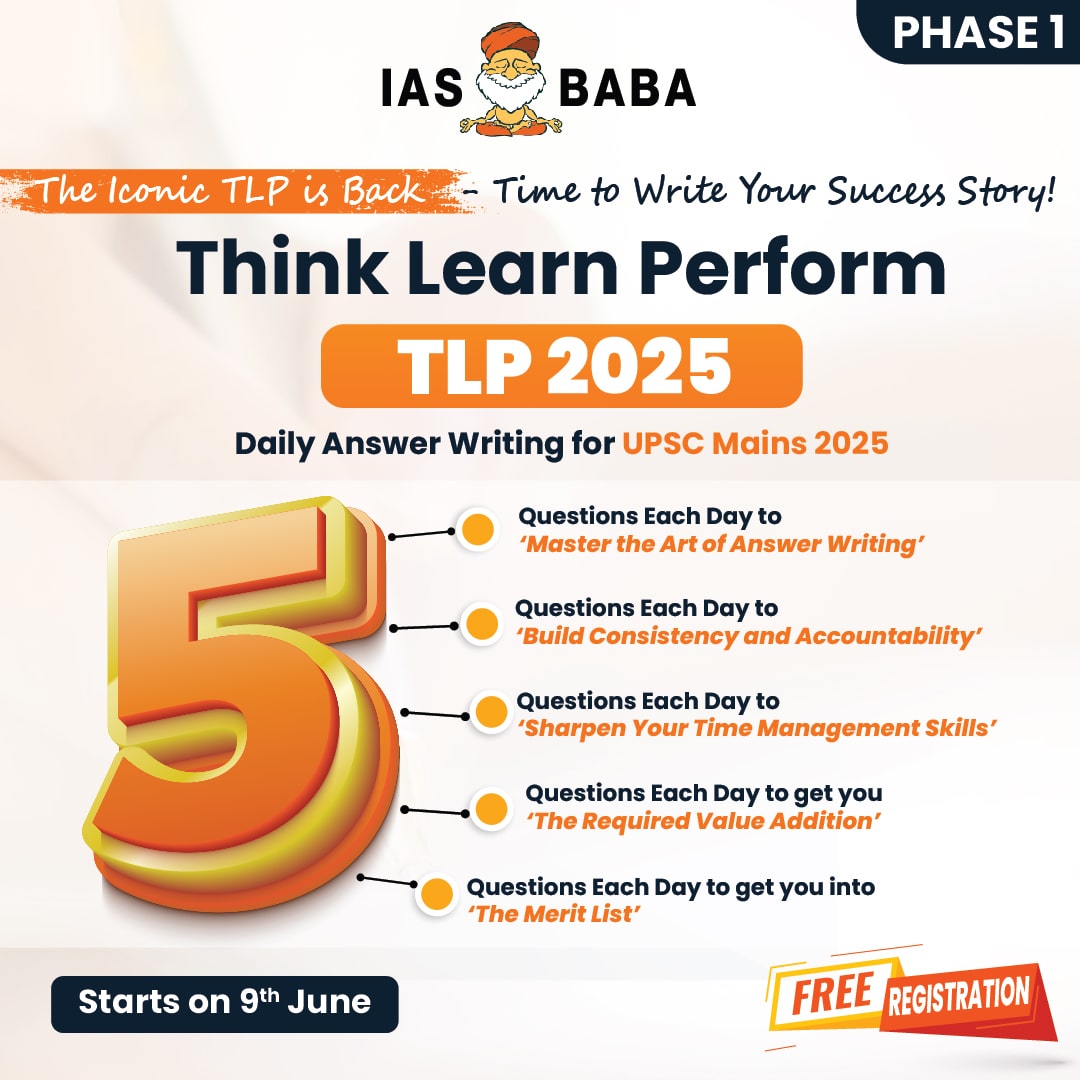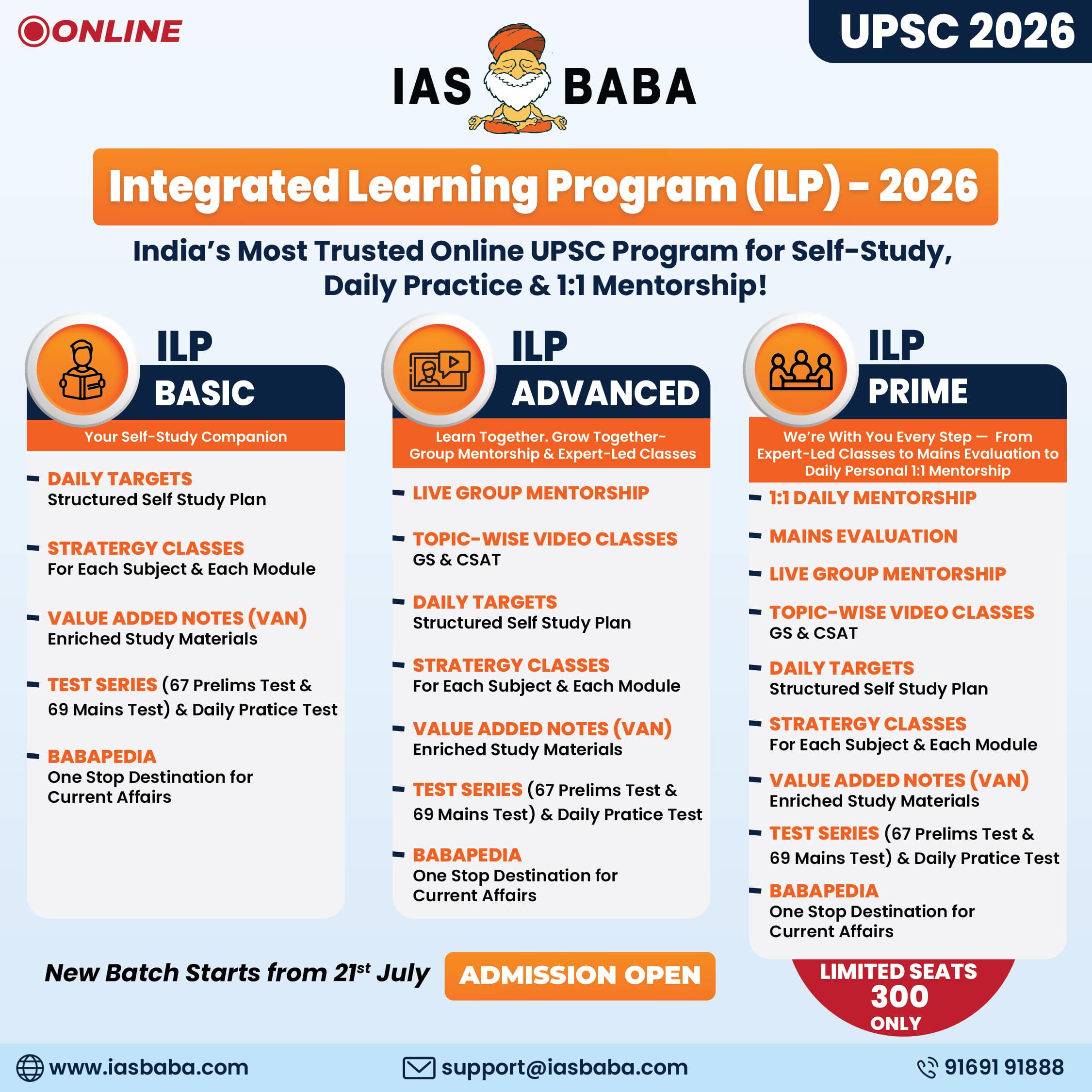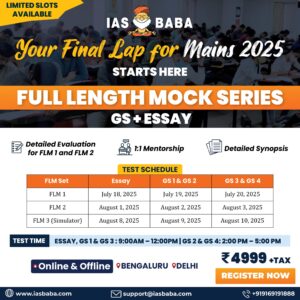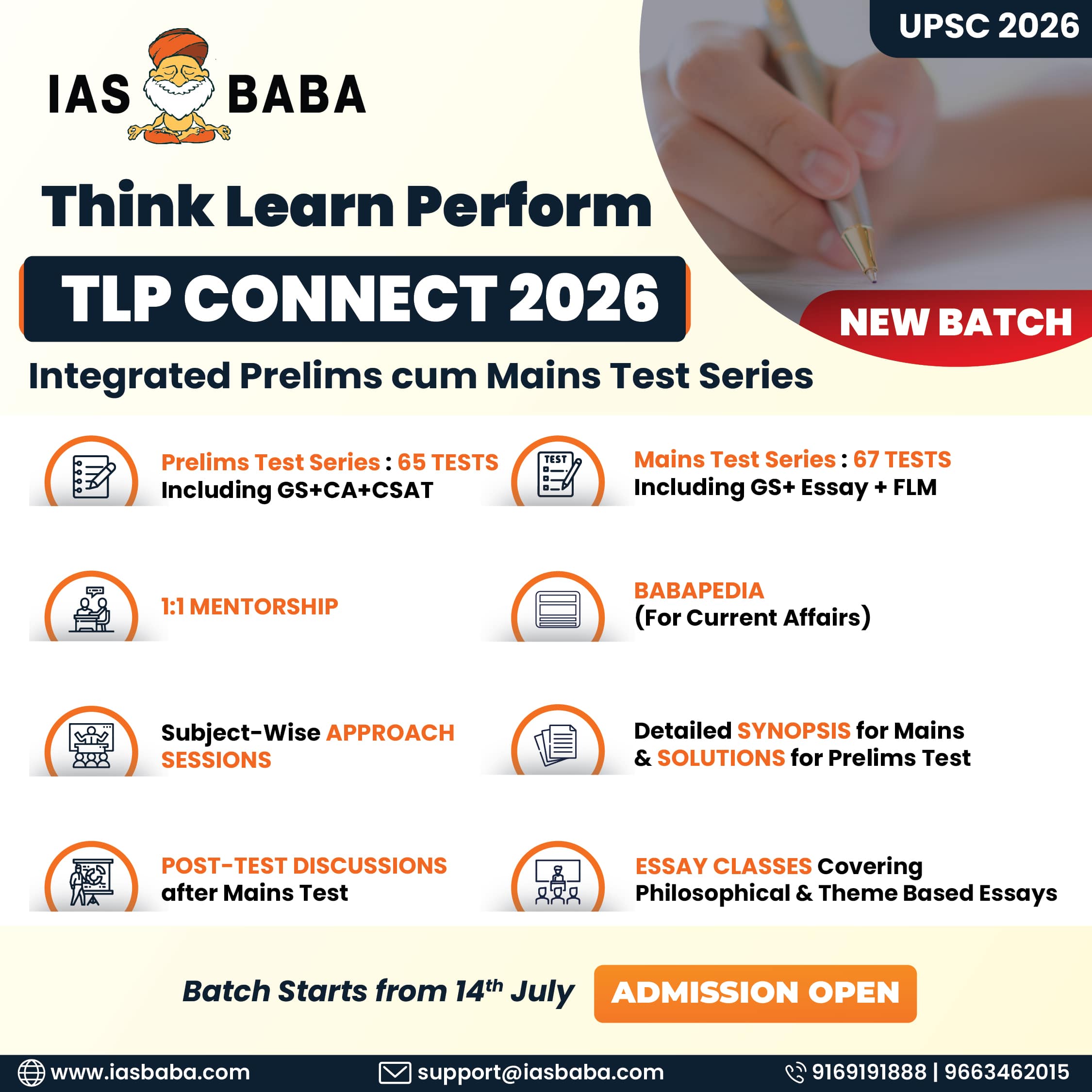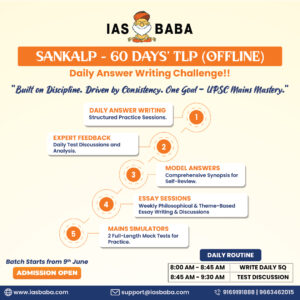The Big Picture- RSTV
Pollution Alert
TOPIC:
- General Studies 3: Conservation, environmental pollution and degradation, environmental impact assessment
In News: The World Health Organization (WHO) in its pollution report ranked 14 Indian cities among world’s 15 most polluted cities in the world.
Air Pollution: National Health Crisis
- Kanpur is the most affected based on PM2.5 levels in 2016.
- While Gwalior stood second in the chart, other cities like Delhi, Varanasi Kanpur, Faridabad, Gaya, Patna, Agra, Muzaffarpur, Srinagar, Gurgaon, Jaipur, Patiala and Jodhpur also featured in the list.
- The study ranked 4,300 cities in 108 countries across the world.
- 9 out of 10 people or 90 per cent of people in the world breathe air containing high levels of pollutants.
- The estimations revealed an alarming death toll of 7 million people every year caused by ambient (outdoor) and household air pollution.
- More than 90 per cent of air pollution-related deaths occur in countries with low-and-middle income
- Around three billion people — more than 40 per cent of the world’s population — still do not have access to clean cooking fuels and technologies in their homes, the main source of household air pollution.
- The WHO report, however, praised India’s Pradhan Mantri Ujjwala Yojana Scheme for providing some 37 million free liquefied petroleum gas (LPG) connections in the past two years that help promoting the use of clean household energy. India targets to reach 80 million households by 2020.
- WHO recognises air pollution as a critical risk factor for non-communicable diseases (NCDs), causing an estimated 24 per cent of all adult deaths from heart disease, 25 per cent from stroke, 43 per cent from chronic obstructive pulmonary disease and 29 per cent from lung cancer.
India needs to take urgent but calculated steps –
- Urgent intervention is needed for implementing the National Clean Air Action Plan with a strong compliance strategy to meet the clean air standards in all cities. Real-time air quality monitoring, especially that of PM2.5, will have to be expanded significantly to assess air quality in all cities with sizeable population.
- India needs massive energy transition across industries and households, mobility transition to public transport, walking and cycling, and effective waste management to control this run-away pollution.
- If Indian cities are to cut their own air pollution levels, the change and planning has to happen at the city level and state level, instead of depending on the overall climate control goals and programmes set at the union level. There should be a formation of holistic strategy in which Centre and states including UTs should have equitable involvement with same sense of commitment and accountability so that pollution levels are brought down with suggested a road map in place.
The solutions are not particularly complicated – but it depends on political will and the ability to reduce corruption at the planning in monitoring level. Again, these are not insolvable problems. But fixing them requires dedicated work, and enforcing pollution norms strictly. The problem with the air pollution control of Indian cities has to be tackled at the city governance level – not at the central level.
Note: In a paper published Monday in the American Heart Association’s journal Hypertension, researchers reported that children of mothers who were exposed in their third trimester to higher levels of fine particulate pollution — the tiny airborne matter that causes haze in many cities around the world — were at a 61 percent higher risk of elevated blood pressure.
Do Read: Link 1 + Link 2 + Link 3
Connecting the Dots:
- A failure to act will not reflect well on our use of the environment, for which there is no replacement. Examine the statement in the light of the recent WHO Report.
Be Prelims-Ready
What is PM2.5?
PM2.5: Includes pollutants, such as sulfate, nitrates and black carbon, which pose the greatest risks to human health.
- PM2.5 is a particulate matter in the atmosphere that has a diameter of 2.5 micrometres, which is around three per cent the diameter of a human hair.
- These particulate matters reduce visibility and even cause respiratory problems.
- Owing to its small size, it can easily pass through a person’s nose and throat and cause chronic diseases such as asthma, heart attack, bronchitis and other respiratory problems by making way the circulatory system.
National Clean Air Programme (NCAP):
A long-term, time-bound, national-level strategy to tackle the increasing air pollution problem across the country in a comprehensive manner. The total tentative cost of NCAP is estimated at Rs 637 crore.
Objective: Comprehensive management plan for prevention, control and abatement of air pollution, besides augmenting the air quality monitoring network across the country.
Focuses on: Collaborative and participatory approach covering all sources of pollution and coordination between relevant central ministries, state governments, local bodies and other stakeholders
- Intensive awareness, training and capacity-building drive, with specific impetus on augmentation of manpower and infrastructure facilities of the Central Pollution Control Board (CPCB) and the state pollution control board (SPCBs)
- A credible, transparent and accountable data collection and monitoring system that is available for timely swift action is to be ensured
- Increasing the number of monitoring stations, data dissemination, public participation on planning and implementation
- Setting up of air information centre for data analysis, resource apportionment studies, national inventory and rural monitoring stations, besides guidelines for indoor air pollution
LiDAR (Light Detection and Ranging):
Being used to vertically monitor the air quality of Delhi-NCR
- To track the evolution of a pollutant over time
- To detect leakage of organic pollutants in storage facilities and industrial plants, such as oil refineries
- To observe the structure and height of mixing layers
- To measure the transport and diffusion of plumes or clouds of particulates
- To remotely determine smoke-plume opacity
Climate & Clean Air Coalition
- Unites governments, civil society and private sector, committed to improving air quality and protecting the climate in next few decades by reducing short-lived climate pollutants (SLCP) across sectors
- By the governments of Bangladesh, Canada, Ghana, Mexico, Sweden and the United States, along with the United Nations Environment Programme (UNEP)
- Objective: To address short-lived climate pollutants.
- Initial focus on: Methane, black carbon, and HFCs
National Air Quality Index (AQI)
Would measure
- Particulate Matter 2.5
- Ozone
- Carbon monoxide
- Ammonia
- Lead
- Nitrogen oxide
- Sulpher dioxide
- PM 10
Six AQI categories
| AQI | Associated Health Impacts |
| Good (0–50) |
Minimal Impact |
| Satisfactory (51–100) |
May cause minor breathing discomfort to sensitive people. |
| Moderately polluted (101–200) |
May cause breathing discomfort to people with lung disease such as asthma, and discomfort to people with heart disease, children and older adults. |
| Poor (201–300) |
May cause breathing discomfort to people on prolonged exposure, and discomfort to people with heart disease |
| Very Poor (301–400) |
May cause respiratory illness to the people on prolonged exposure. Effect may be more pronounced in people with lung and heart diseases. |
| Severe (401-500) |
May cause respiratory impact even on healthy people, and serious health impacts on people with lung/heart disease. The health impacts may be experienced even during light physical activity. |



